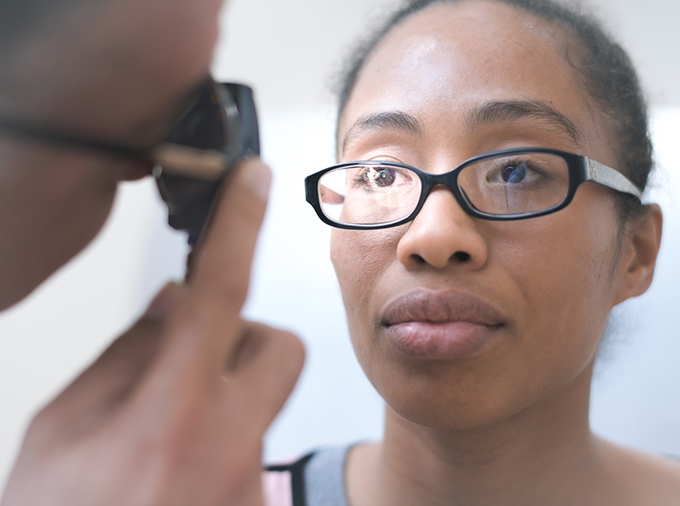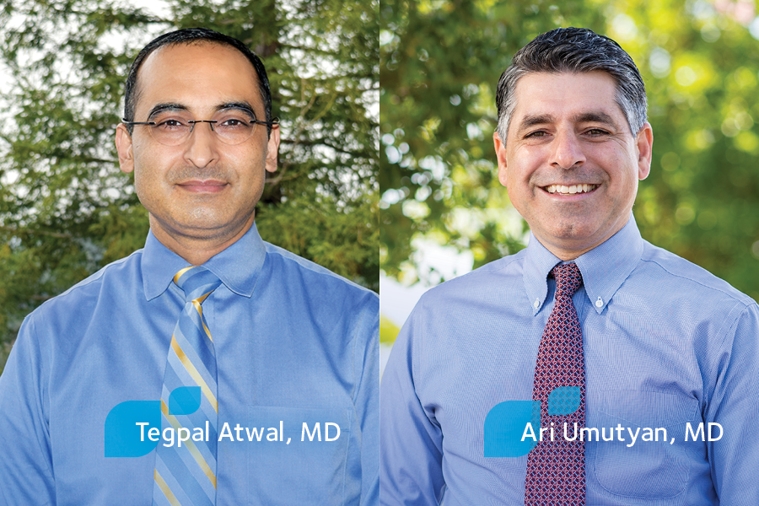Diabetes and Eye Health: Why Regular Screenings are Crucial
Nov 1, 2024

Diabetes is a complex disease. While you may not associate the condition with eye problems, diabetes is theleading cause of vision lossin adults ages 18 to 64. This stat may sound concerning—fortunately, there are steps you can take to prevent complications.
It’s important to understand how diabetes can affect your entire body, explainsAndrew Benjamin Chung, MD, comprehensive ophthalmologist. “In diabetes, the entire disease process can create a situation of inflammation, poor blood flow and poor oxygenation, which increases risk for all sorts of eye problems,” he says. A healthy eye needs strong blood flow both for nourishment and to carry toxins away from the eyes.
Cataracts, retinal problems, bleeding in the eye and glaucoma are all potential complications. If you have other conditions such as high blood pressure, high cholesterol or heart disease along with poorly controlled diabetes, your risk increases even more.
Lowering your risks
The good news is that proper diabetes management can lower your risk of eye complications. “To me, the key to preventing complications is not only controlling blood sugars,” Dr. Chung says. “It’s about finding out what’s causing the diabetes and addressing that root issue.” Some of these factors contributing to diabetes could include:
- Diet heavy in processed foods
- Eating too frequently
- Lack of exercise
- Poor sleep habits
Often, lifestyle changes that address these root causes can significantly lower your risk of eye problems and other diabetes-related complications.
What to expect during a diabetic eye exam
People with diabetes need regular eye exams to screen for early signs of complications. Usually, your doctor will recommend a full eye exam once a year, although you may need one more frequently depending on your needs.
During this eye exam, you should expect to have your eyes dilated. Your doctor will give you eye drops that widen (dilate) your pupils to let more light into your eye. “We do this so we can see the back of your eye, including the retina, optic nerve and lens.” explains Dr. Chung.
The doctor will take photos of the back of your eye to help with spotting any incremental changes in your next visit. They will also check your eye pressure by blowing a puff of air into your eye or using a machine that gently touches your eye. They may give you numbing drops, if needed, so you don’t feel discomfort.
After eye dilation, many people experience temporary blurry vision and sensitivity to light. You’ll need to arrange for transportation after your appointment in case you are unable to drive. Overall, the exam usually takes around 30 minutes.
A new screening tool
One of the keys to managing diabetes well is consistently screening for eye changes. But sometimes, scheduling multiple specialty visits can be cumbersome and expensive, especially for patients with complex health challenges.
RetinaVue, a screening tool available in select Adventist Health primary care offices, allows you to get an eye screening during your primary care visit. The tool enables your primary care office to take a detailed image of your retina and the back of your eye. The picture gets sent to an ophthalmologist who determines whether you need further evaluation. For many people, this in-office screening saves significant time and hassle while still getting you the screening you need.
Dr. Chung’s final message to patients with diabetes is not to lose hope. “There are ways to reverse type 2 diabetes; many people have done it,” he says. “You don’t have to stay on a path of being sick. With the right steps and understanding of your condition, you can reverse the disease.”
If you’re due for an appointment with your primary care provider or ophthalmologist,find a providernear you to get started.

